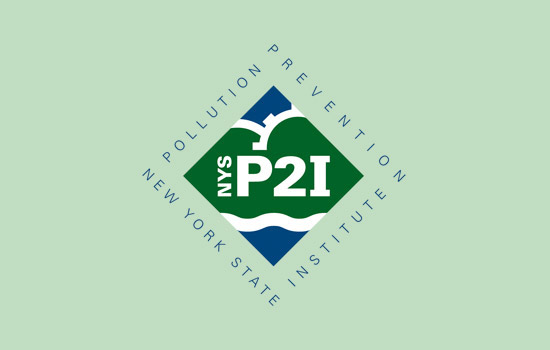Pollution Prevention Institute Now Accepting Research Proposals
Annual research competition will ramp up sustainability efforts in New York
The New York State Pollution Prevention Institute is now accepting proposals through Feb. 17.
The New York State Pollution Prevention Institute at Rochester Institute of Technology is kicking off its annual faculty research competition, which furthers its mission of making New York state more sustainable for workers, the public and the environment.
As part of its Research and Development Program, NYSP2I solicits proposals from faculty and staff at New York State Pollution Prevention Institute partner universities that support short-term as well as longer-term strategic research intended to drive innovative green technologies that are implementable and transformative in New York state. NYSP2I’s effort is driven by customer needs and is intended to solve specific problems where the solution results in transferable practices and technologies.
Current research and development priorities include the use, elimination or substitution of toxic chemicals; overall waste reduction; and energy and water efficiency opportunities in priority manufacturing sectors.
Individual grant awards are expected to be approximately $50,000. The amount of grant funding is dependent on the New York state budget and the quality of proposals received. The amount of the award will be commensurate with anticipated results and impact to New York state.
For more information on the program including proposal requirements, go to the New York State Pollution Prevention Institute website
The New York State Pollution Prevention Institute at the Rochester Institute of Technology is a partnership between RIT, Clarkson University, Rensselaer Polytechnic Institute and the University at Buffalo and is funded by the New York State Department of Environmental Conservation. The institute works to make New York more sustainable by assisting companies in reducing toxic chemical use, solid and hazardous waste generation and overall emissions to the environment. It also encourages industry to efficiently and effectively utilize raw materials, energy and water.














